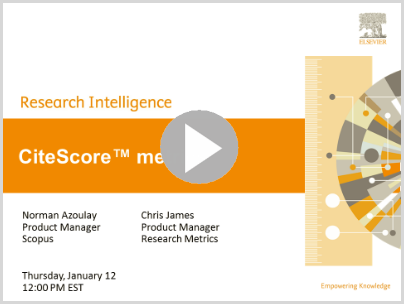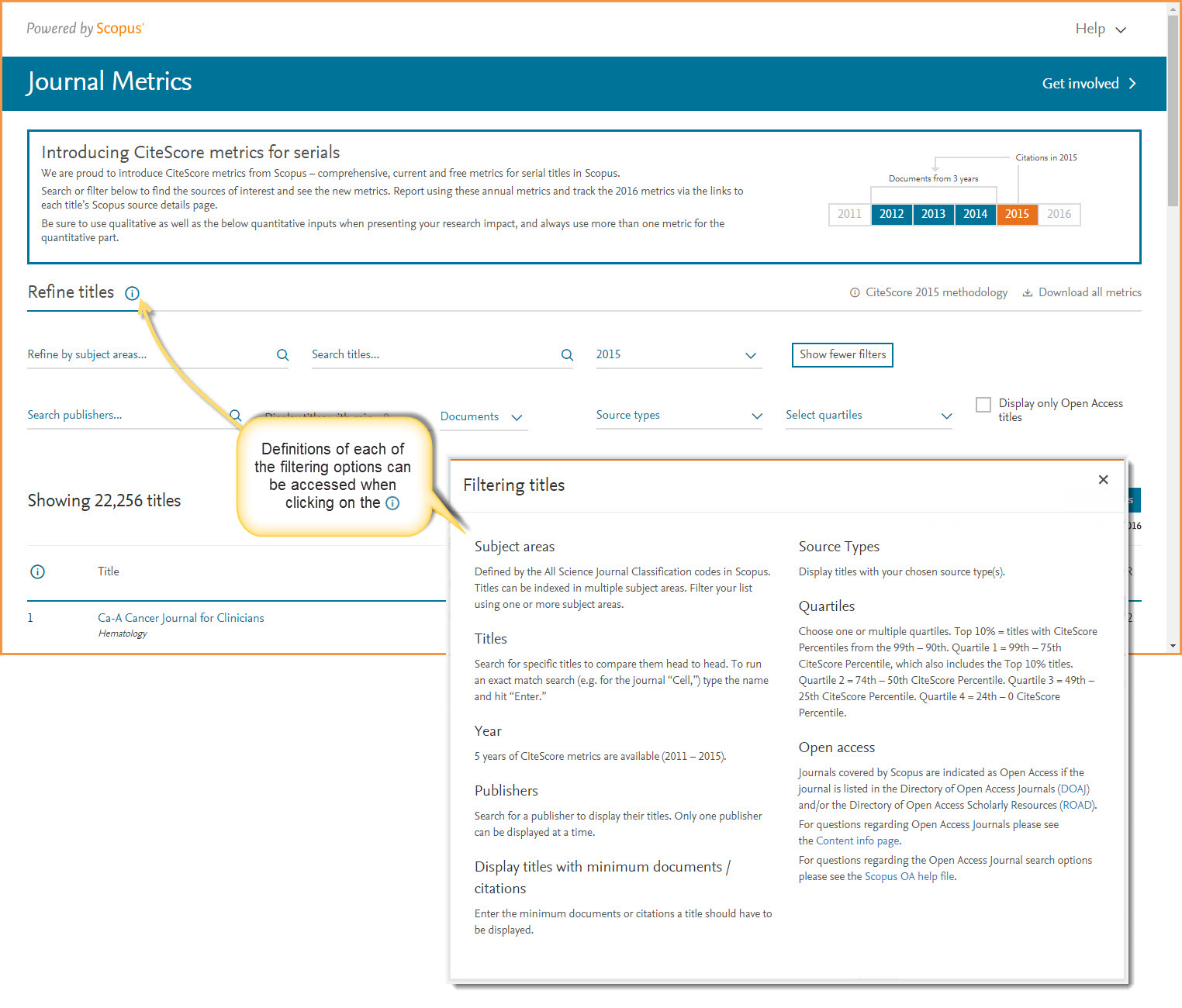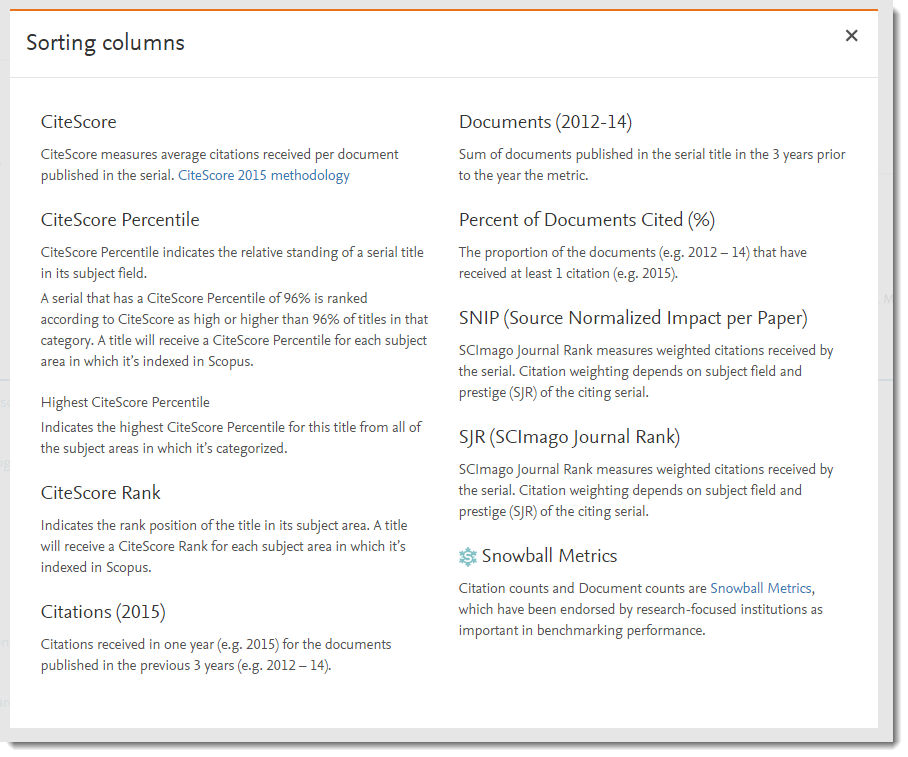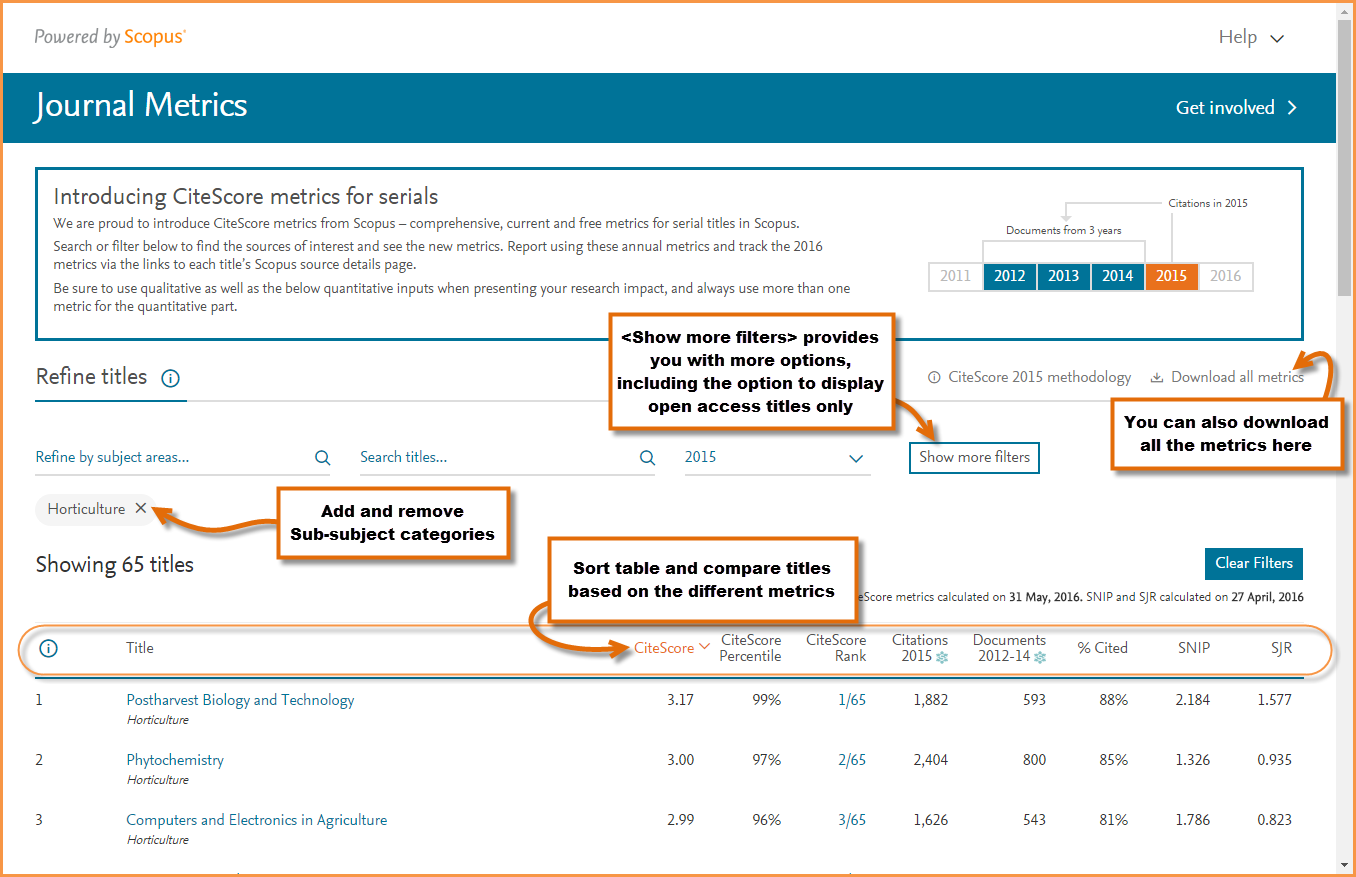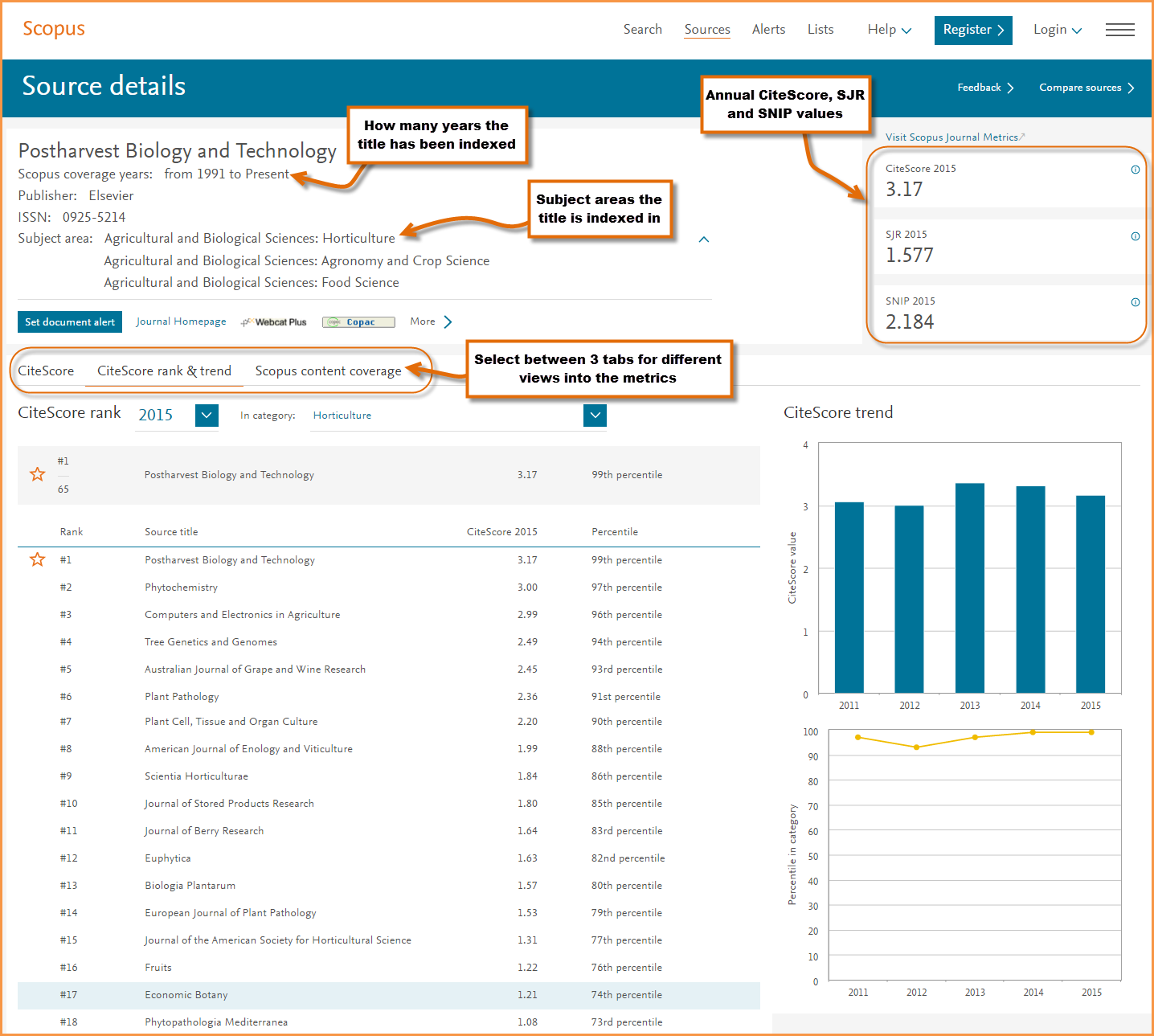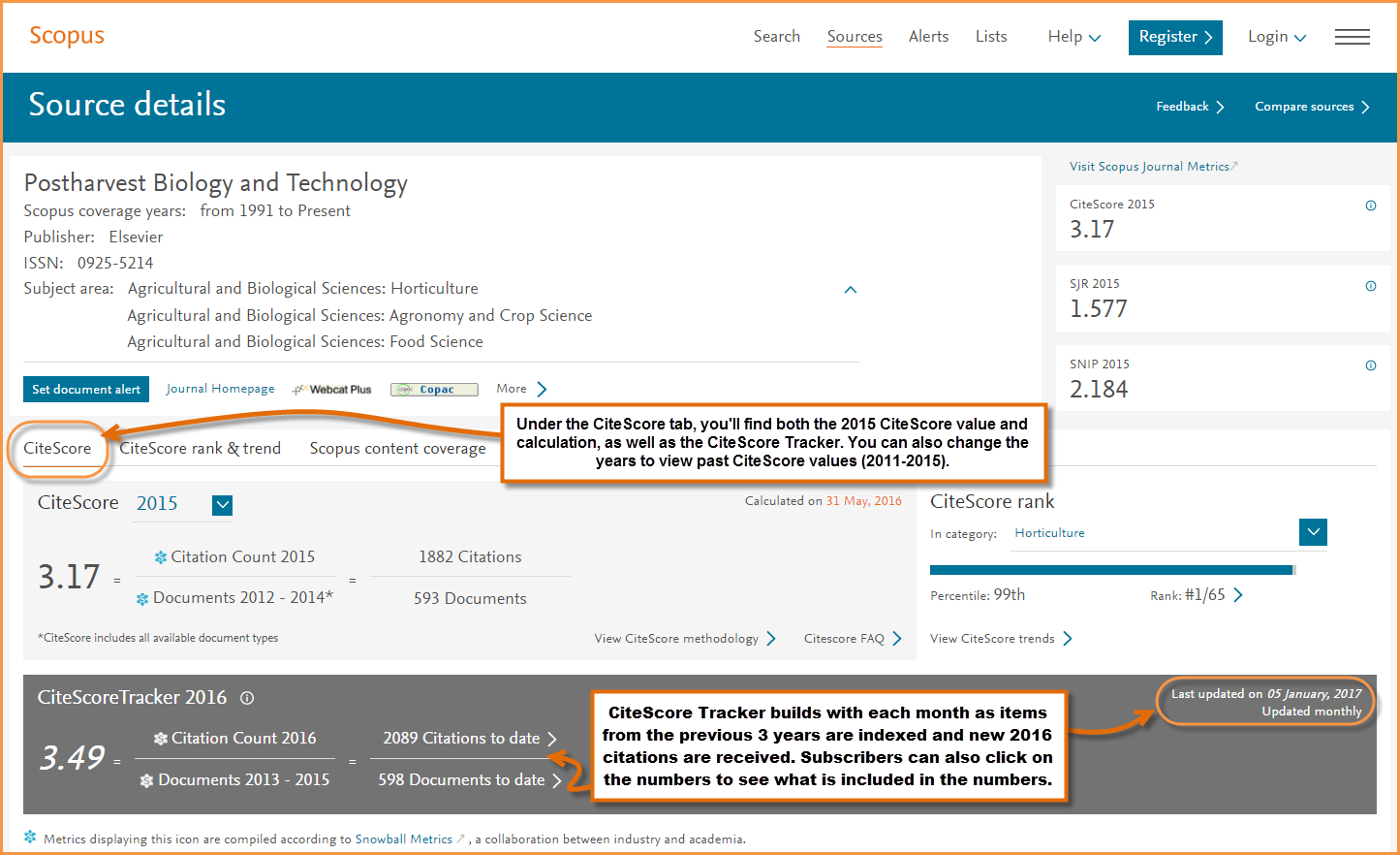Feature image: The Scream, by Edvard Munch
At a time when publication pressure and the quantity of publications are increasing, but the average quality of publications seems to be decreasing, guidance for early career researchers on how to write journal articles is increasingly relevant. Several best practice guidelines and rules have been published before. This article takes a different approach, by highlighting 10 things you should certainly NOT do. I’ve based them on my experiences in the exact sciences/engineering fields, but some of them may well hold true, whatever your discipline.
Publish or perish? If you screw up, it might be publish and perish. Poor articles, even a single one, can ruin a scientist’s career. As the old saying goes, “you only get one chance to make a first impression”.
If you submit a truly terrible article, it might be rejected by the editors or reviewers, in which case the damage will be significant but limited in space (although not necessarily in time). The worst thing that can happen, however, is that your poor article slips through the review process. In that case, when the article is published, it will be digitally archived and will remain visible for the whole world to see for as long as electronic records exist. If that doesn’t deter you and you are still focused on publishing a bad manuscript, just follow one or more of the tips below.
- Refuse to read the previous literature published in your field
- Take the lazy route and plagiarize
- Omit key article components
- Disrespect previous publications
- Overestimate your contribution
- Excel in ambiguity and inconsistency
- Apply incorrect referencing of statements
- Prefer subjective over objective statements
- Give little care to grammar, spelling, figures and tables
- Ignore editor and reviewer comments
1. Refuse to read the previous literature published in your field
Literature study is the essential starting point of any worthy research activity, and should form the solid basis of every publication. Nevertheless, many early career researchers skip that stage and end up repeating earlier work, without realizing it has been done before. Unless the previous studies were incomplete – which they will not know because they did not study them – this constitutes the perfect waste of time and resources. Publication pressure is not a valid excuse for an incomplete literature review. Before considering their own research project, authors should first collect sources, read, study and reflect on them. When they have conducted their own project, they should write it down – carefully framed in context – and only then, after all of this, should they submit it for possible publication. This is a process taking months, often years. Some argue that it is impossible to read everything that has been published. Not if you narrow it down to your specific field of study and not if you discriminate based on reading of titles and abstracts only. That is why abstracts are written – to help save you time.
2. Take the lazy route and plagiarize
As publication pressure builds and the deadline for your journal article is drawing near, why not take the easy road? It does involve ignoring tip one as you’ll have to actually read some articles, but the advantage is you might find something you like. And if you really like it, why not copy it? Simply copy and paste one or a group of sentences without adding the proper quotation marks and citations to the original work. Or maybe copy the results themselves, or, why not the entire article? Probably nobody will notice with tens of thousands of articles published every year, right? Think again. Everyone doing decent literature review, which will be the vast majority of researchers in your field, will know as soon as your article is published. Plagiarism is a serious breach of publishing ethics and in some cases may also be copyright infringement. Most academic publishers have installed very elaborate procedures to detect plagiarism, such as Crossref Similarity Check, and there can be stringent repercussions. Elsevier, for example, will keep the plagiarized article online, but stamp on every page “Retracted” in big red letters, including an official plagiarism message. Plagiarism, no matter how small, and no matter how old the documents being plagiarized, is a very effective route to academic self-destruction.
3. Omit key article components
Why should this article be published? What new knowledge does it bring to the academic community? Is the methodology solid? Are the results reliable? Are the conclusions justified? These are questions that editors and reviewers need your article to answer in a specific and logical order:
- Summary of the state of the art
- Identification of knowledge gap
- Specification of novelty/objectives/scope of the present research work
- Applied research methodology
- Obtained results
- Conclusions
If you want to create a poor article, just omit any of these. In particular, leave out a detailed description of research methodology so that no-one else can reproduce your work. Even better, if you want to give readers a major headache, try presenting some or all of these key components in a different order. There are very good reasons why research articles have followed the sequence outlined above for decades, so you might want to conform to this approach.
4. Disrespect previous publications
Respect is of the utmost importance in scientific research and academic publishing. It is highly unlikely that you are the first on planet Earth to work even in the tiny subfield that you proudly call your area of expertise. Generally, much research work has been done before, carefully reported in high-quality journal articles, conference articles and reports. You can disrespect this work in different ways: perform a too limited literature review where you ignore part or all of previous publications, attribute previous work to the wrong authors, provide dismissive statements on others’ publications, etc. You can also show disrespect by overestimating the importance or novelty of your own contribution (see next tip). It is worth remembering though that the most likely reviewers for your article are precisely the authors of previous publications on the same or similar topic. Disrespecting or even offending them might not increase their appreciation of your writing. Incomplete reference lists are also counter-productive. Some authors think that citing the work of others detracts from the novelty of their own contribution. The opposite is true. Correct referencing is proof that the author is aware of relevant previous work and is actually capable of defining a truly novel contribution.
5. Overestimate your contribution
Good ingredients for a truly terrible article are dismissive statements about previous work done by others, incorrect and unjustified self-congratulations, lack of critical self-reflection – in short: lack of modesty. Your own work is much better, more thorough and your conclusions more widely applicable than previous work by others, right? Think again. Generally, it is much easier to identify deficiencies in others’ work than in your own. This does not mean that your work is better; it just means that you need to critically self-reflect on the deficiencies of your own work, and correctly report these in the article. It also means that you need co-authors and/or reviewers to point out the deficiencies that you didn’t spot. And you should be grateful for that. After all, your publication, no matter the research area or topic, is at best a very small link in the long chain of incremental knowledge advancement in a tiny subfield of science.
6. Excel in ambiguity and inconsistency
Try to make the interested reader clueless about what you are communicating by introducing ambiguity in your sentences and words. A good example in computational fluid dynamics research is the use of the word model. If you do not clearly define it prior to its use, it will utterly confuse readers because it can mean almost anything. Another effective approach is inconsistency in terminology – use different terms for the same thing, for example, building, construction, obstacle and bluff body for one and the same study object. Yes, in high school you were probably taught to avoid repeating the same words, and to use comparisons and metaphors, etc. Forget that. A scientific article is not a novel. Reader interpretation is not welcomed and means the writer has failed. Readers cannot read your mind; they can only read your article.
7. Apply incorrect referencing of statements
Unless explicitly stated otherwise (e.g. in stating a research hypothesis), every statement in a scientific article should be immediately backed up by a suitable reference (to previous work by others or yourself) or by evidence reported in your article. Example: “It was shown that the deviation between this type of numerical simulation and corresponding measurements was consistently below 10% (Authors 2016)”. Without adding a reference at the end of this sentence, you suggest that this statement results from your research reported in the same article. If this is not the case, you need to add the reference. Adding references where not needed and – even worse – not adding references where needed is bound to lead to confusion and misinterpretation of your statements.
8. Prefer subjective over objective statements
Statements in a scientific article are intended to communicate knowledge and information. Good communication demands unambiguity, consistency (tip six) and objectivity. However, you might prefer subjective statements expressing personal biases, emotional involvement etc. If you personally find that the 20% deviation between results from your new experiment and those of a previous experiment is satisfactory, you can transfer that happy feeling to your readers, by replacing “the deviation is 20%” with “a very good agreement was obtained”. Irrespective of the adjective, providing this type of subjective statement is not only imprecise and inappropriate but also creates a straight path to disagreement with reviewers and readers.
9. Give little care to grammar, spelling, figures and tables
So, the research is complete and now you need to write it down and create figures. You’ve already put in so much hard work, why spend time focusing on the correct use of grammar and spelling? Reviewers or typesetters will correct that, right? Careful figure legends, axis indications, units… the text makes clear what they are, doesn’t it? No, not really. First, dumping a sloppy article in the inbox of an editor and reviewers is a strong expression of disrespect, especially for the voluntary work carried out by reviewers. Their time is also precious, and they are not your spell checkers. Second, it is generally assumed that an author who doesn’t care about grammar, spelling and the like, is also not precise in his/her research work. The fastest way to lose the confidence of the editor, reviewers and readers in your work is to follow this tip.
10. Ignore editor and reviewer comments
Finally, with or without the above-mentioned tips, you might reach the stage where the editor and reviewers decide your article has potential and you receive feedback from them. Sometimes, these comments are explicitly labelled as mandatory. However, what you do with them is up to you. While there is nothing wrong with a solid rebuttal, you can also try to provoke the editor and/or reviewers by disrespectfully dismissing valid and important comments. Less disrespectful, but equally detrimental to the quality of your article, is to provide an extensive response to the comments in the letter to the editor and the reply to reviewers, but not include elements of this response in the text. The editor and reviewers represent your future readers and they’ve raised these points for a reason. You would be wise to listen to them.
(source: https://www.elsevier.com/authors-update/story/publishing-tips/10-tips-for-writing-a-truly-terrible-journal-article)

